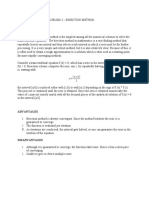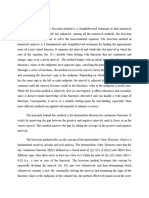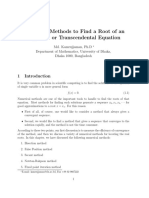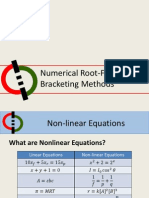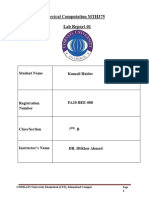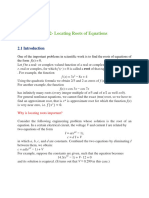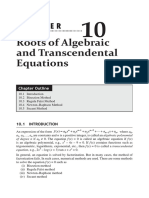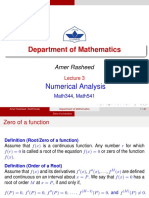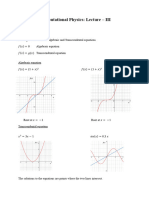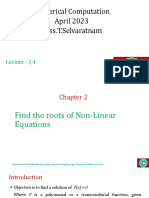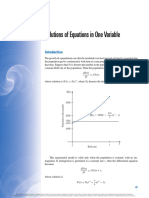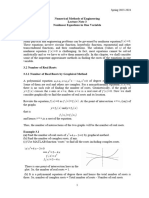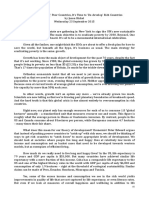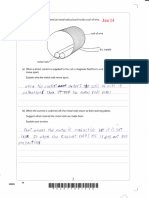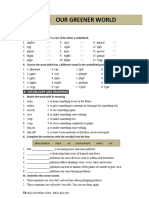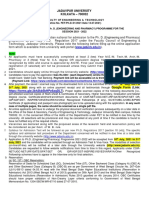0% found this document useful (0 votes)
351 views3 pagesBisection Method Theory
The bisection method is the simplest numerical scheme for finding roots of transcendental equations. It works by repeatedly bisecting the interval that contains the root, narrowing in on the root through iterative halving. The interval is halved by taking the midpoint and determining if the root lies in the upper or lower half based on the sign of the function values at the endpoints. The iterations continue until the interval size falls below a specified tolerance.
Uploaded by
Anurag PriyadarshiCopyright
© © All Rights Reserved
We take content rights seriously. If you suspect this is your content, claim it here.
Available Formats
Download as PDF, TXT or read online on Scribd
0% found this document useful (0 votes)
351 views3 pagesBisection Method Theory
The bisection method is the simplest numerical scheme for finding roots of transcendental equations. It works by repeatedly bisecting the interval that contains the root, narrowing in on the root through iterative halving. The interval is halved by taking the midpoint and determining if the root lies in the upper or lower half based on the sign of the function values at the endpoints. The iterations continue until the interval size falls below a specified tolerance.
Uploaded by
Anurag PriyadarshiCopyright
© © All Rights Reserved
We take content rights seriously. If you suspect this is your content, claim it here.
Available Formats
Download as PDF, TXT or read online on Scribd
/ 3
